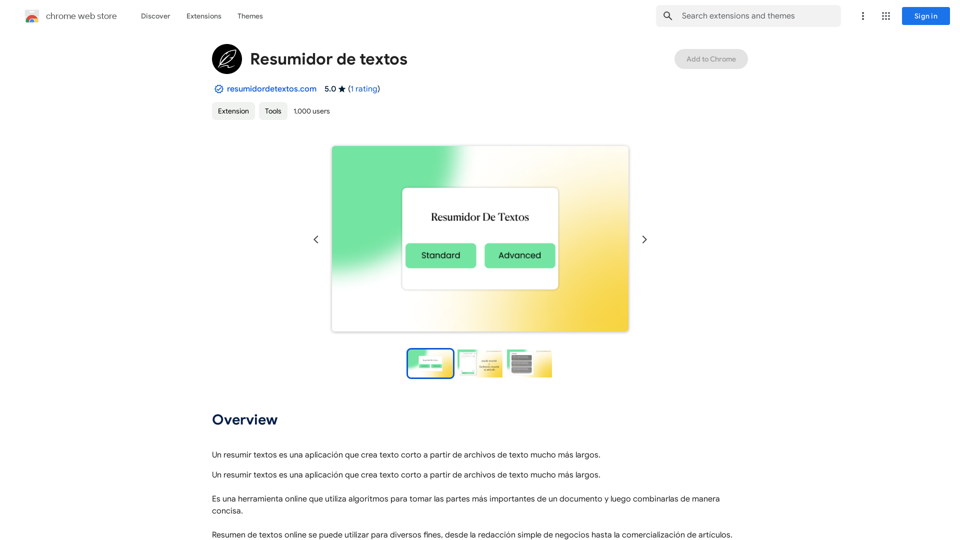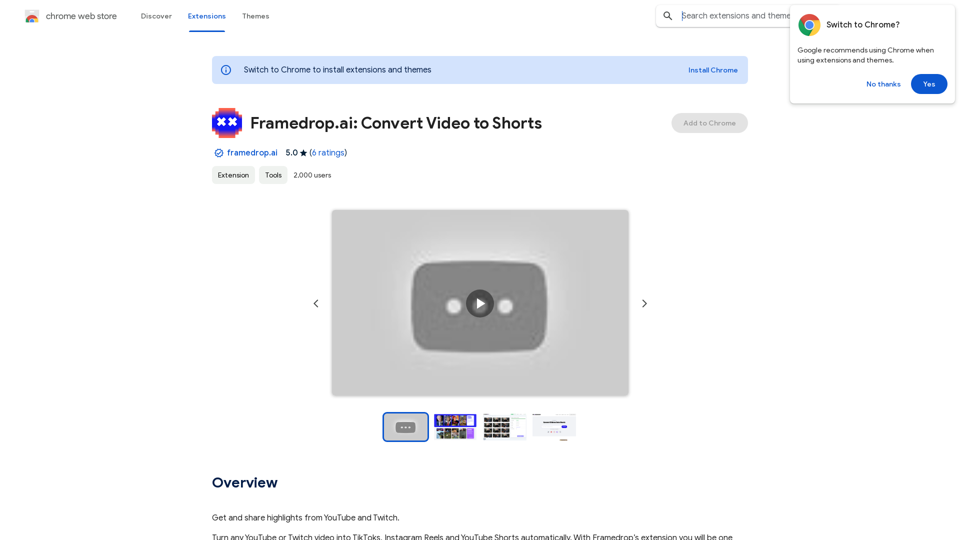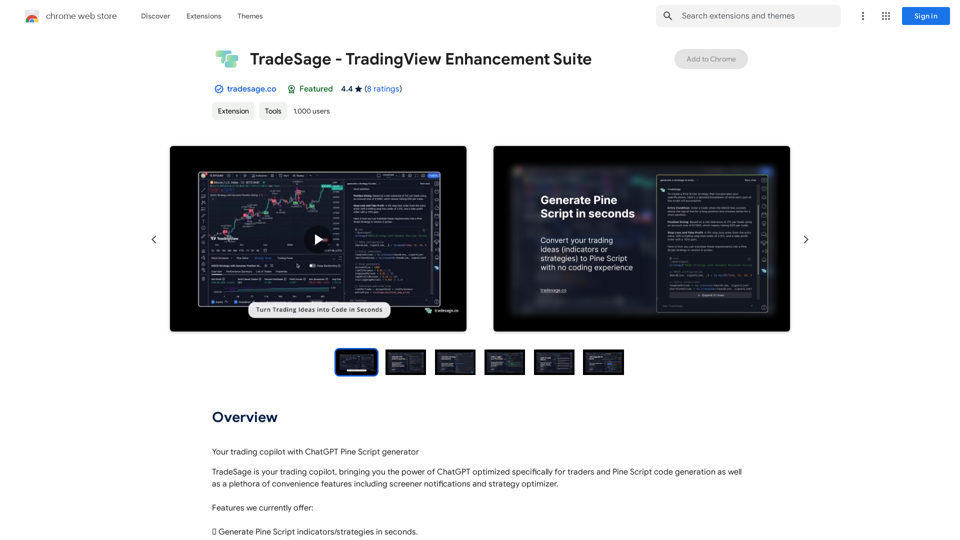Physna Nexus+ is an innovative tool that enhances Unity Asset Manager with powerful search capabilities. It allows users to efficiently search and analyze 3D models within Unity Asset Manager, significantly reducing the time required for these tasks. By leveraging Physna's patented technology, Physna Nexus+ offers unique features such as geometric and visual search, making it an invaluable asset for 3D model management and workflow optimization.
Physna Nexus+
Physna Nexus+ is a tool that improves Unity Asset Manager by adding search features powered by Physna.
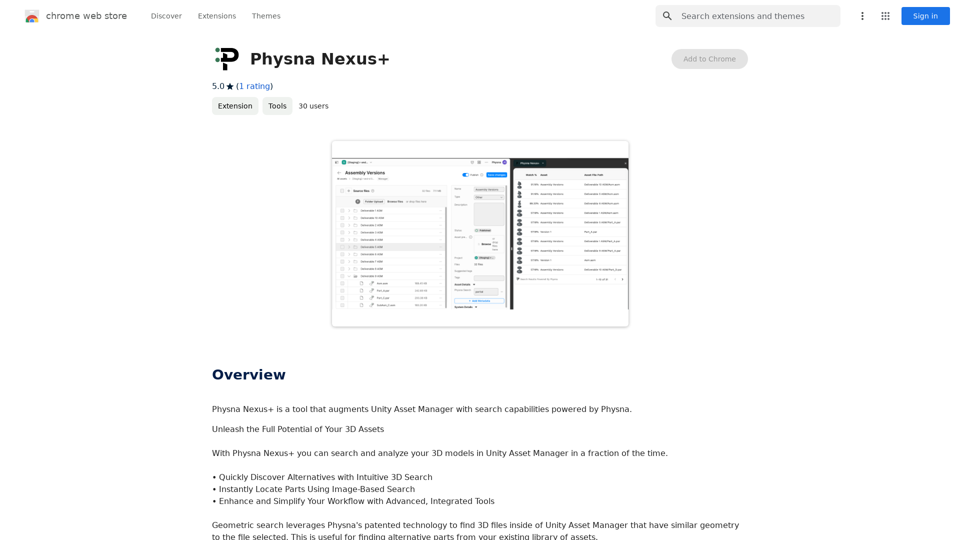
Introduction
Feature
Geometric Search
Physna Nexus+ utilizes Physna's patented technology to find 3D files within Unity Asset Manager that have similar geometry to the selected file. This feature enables users to quickly identify and locate models with comparable structures.
Visual Search
The visual search capability allows users to find 3D files in Unity Asset Manager that are visually similar to a provided image. This feature is particularly useful when searching for models based on appearance rather than structure.
Advanced Integrated Tools
Physna Nexus+ offers a suite of advanced tools designed to enhance and streamline the user's workflow. These tools work seamlessly within the Unity Asset Manager environment.
Efficient Workflow
Users can easily load and publish 3D models, then perform searches using either 3D models or photos (JPEGs) of 3D objects. The tool provides various search options and filters to facilitate quick information retrieval.
Time-Saving Capabilities
By enabling users to search and analyze 3D models rapidly, Physna Nexus+ significantly reduces the time spent on these tasks, leading to increased productivity.
Free Availability
Physna Nexus+ is available as a free extension, which can be downloaded from the Chrome Web Store, making it accessible to a wide range of users.
FAQ
How does Physna Nexus+ improve productivity?
Physna Nexus+ enhances productivity by:
- Reducing search times for 3D models
- Providing advanced tools for workflow optimization
- Enabling quick information retrieval through various search options and filters
What types of searches does Physna Nexus+ support?
Physna Nexus+ supports two main types of searches:
- Geometric search: Finds 3D files with similar geometry to the selected file
- Visual search: Locates 3D files that are visually similar to a provided image
Are there any tips for using Physna Nexus+ effectively?
Yes, here are some helpful tips:
- Always load a 3D model before publishing it for search
- Utilize the visual search feature when looking for visually similar 3D files
- Explore and leverage the advanced integrated tools to optimize your workflow
Is Physna Nexus+ compatible with other 3D modeling software?
Physna Nexus+ is specifically designed to enhance Unity Asset Manager. For compatibility with other 3D modeling software, it's best to check the official documentation or contact Physna support.
Latest Traffic Insights
Monthly Visits
193.90 M
Bounce Rate
56.27%
Pages Per Visit
2.71
Time on Site(s)
115.91
Global Rank
-
Country Rank
-
Recent Visits
Traffic Sources
- Social Media:0.48%
- Paid Referrals:0.55%
- Email:0.15%
- Referrals:12.81%
- Search Engines:16.21%
- Direct:69.81%
Related Websites
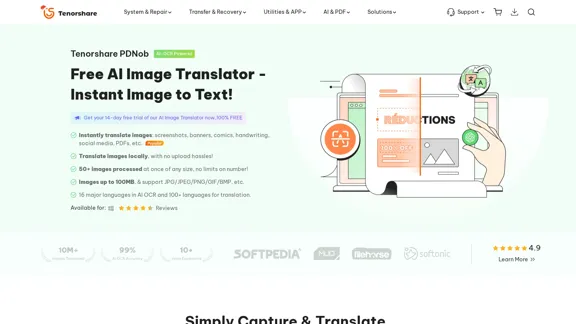
PDNob Image Translator is a powerful free image translator app that quickly extracts and translates text from images, screenshots, or scanned documents. It supports multiple languages and ensures high accuracy, making it ideal for students, professionals, and travelers.
4.18 M
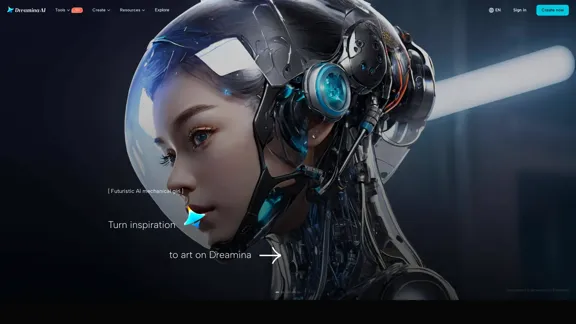
Dreamina: Free AI Image Generator - Create Art and Images from Text
Dreamina: Free AI Image Generator - Create Art and Images from TextCreate stunning art, images, and more with prompts. Turn your images into captivating animations. Dreamina is an AI platform designed to simplify your creation.
5.53 M
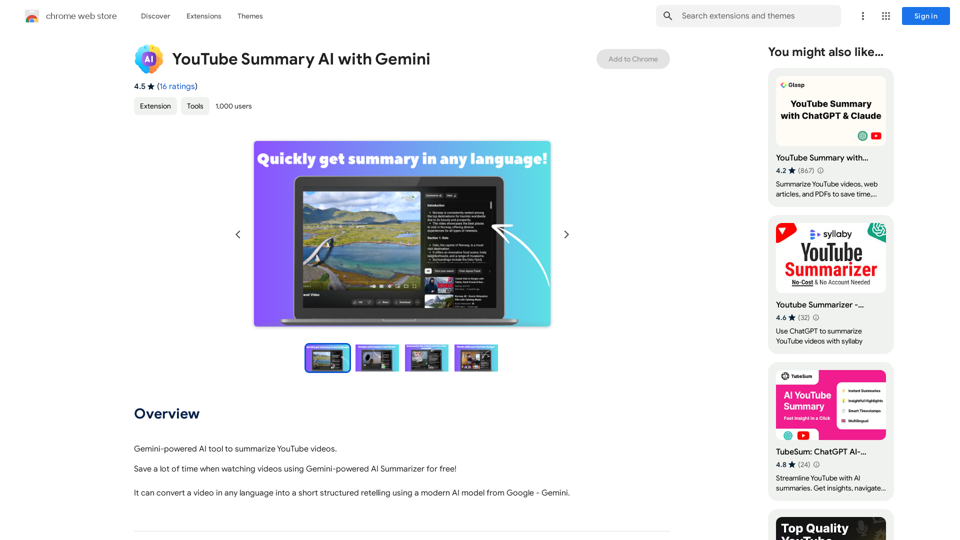
YouTube Summary AI with Gemini Gemini, Google's powerful new AI, is making waves in the world of YouTube. Imagine a future where YouTube videos automatically generate concise and informative summaries. That's exactly what Gemini aims to achieve. By leveraging its advanced language understanding capabilities, Gemini can analyze video content and extract key points, creating summaries that capture the essence of the video. This means viewers can quickly grasp the main ideas without having to watch the entire video. Gemini's potential applications extend beyond simple summaries. It could also be used to: * Generate captions: Automatically create accurate captions for videos, making them accessible to a wider audience. * Translate videos: Break down language barriers by translating videos into different languages. * Create interactive experiences: Enable viewers to engage with videos in new and innovative ways through interactive summaries and quizzes. Gemini's arrival on YouTube promises to revolutionize the way we consume and interact with video content.
YouTube Summary AI with Gemini Gemini, Google's powerful new AI, is making waves in the world of YouTube. Imagine a future where YouTube videos automatically generate concise and informative summaries. That's exactly what Gemini aims to achieve. By leveraging its advanced language understanding capabilities, Gemini can analyze video content and extract key points, creating summaries that capture the essence of the video. This means viewers can quickly grasp the main ideas without having to watch the entire video. Gemini's potential applications extend beyond simple summaries. It could also be used to: * Generate captions: Automatically create accurate captions for videos, making them accessible to a wider audience. * Translate videos: Break down language barriers by translating videos into different languages. * Create interactive experiences: Enable viewers to engage with videos in new and innovative ways through interactive summaries and quizzes. Gemini's arrival on YouTube promises to revolutionize the way we consume and interact with video content.AI tool powered by Gemini that summarizes YouTube videos.
193.90 M
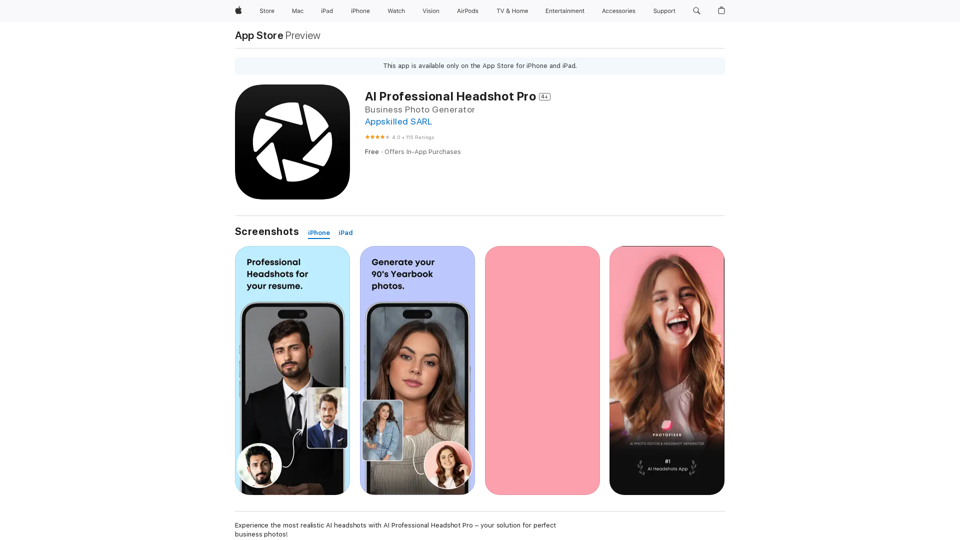
Introducing AI Professional Headshot Pro, the ultimate AI headshot generator designed to create stunning AI headshots and business photos effortlessly.
124.77 M
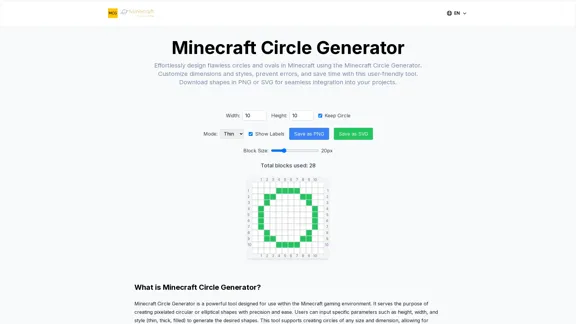
Here is the translation: Create Perfect Circles in Minecraft with Minecraft Circle Generator | minecraftcirclegenerate.cc
Here is the translation: Create Perfect Circles in Minecraft with Minecraft Circle Generator | minecraftcirclegenerate.ccCreate perfect circles and ovals in Minecraft with our easy-to-use generator. Customize size and style, then download your designs!
0
